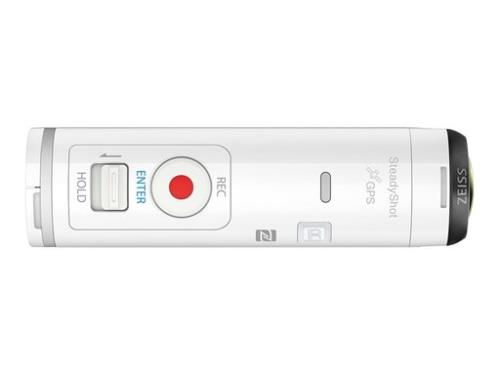
Adaptador de correa de cabeza para Cámara de Acción Sony RX0 FDR X3000 X3000R X1000 HDR AS300 AS200 AS100 AS50 AS30 AS20 AS15|sony action mount|action cam strapaction cam head - AliExpress

Sony Action Cam FDR-X1000VR - Videocámara deportiva (video 4K, resistente a salpicaduras con WI-FI, NFC, GPS y kit de mando a distancia Live-View), blanco : SONY: Amazon.es: Electrónica

HDR AS100VR AS30VR AS200V AZ1VR fdr x1000v, correa de montaje para muñeca, cinturón extensible, accesorios para Cámara de Acción Sony|action cam strap| sony az1vrsony action mount - AliExpress

Sony Action Cam FDR-X1000V Videocámara deportiva 4K con WI-FI® y GPS - Videocámara Sport - Compra al mejor precio | Fnac

SONY puerta de buceo para AKA DDX1K, carcasa de lente plana subacuática, accesorios de cámara de acción, Akaddx1k, Sony Fdr X1000|Bolsos para cámara/vídeo| - AliExpress

Cuesta menos todo el camino Frontera de la moda XXL, Negro AS100V AS15 AS30V AS200V mtb more energy® Estuche para 2x Sony FDR-X1000V / HDR-AZ1 Bolsa Funda Sistema modular AS20 Tienda de

Amazon.com: Sony AKA-CAP1 Kit de montaje de cabeza/clip de montaje para máscara o gafas/adecuado para Action Cam FDR-X3000, FDR-X1000, HDR-AS300, HDR-AS200, HDR-AS50 / negro : Electrónica
















